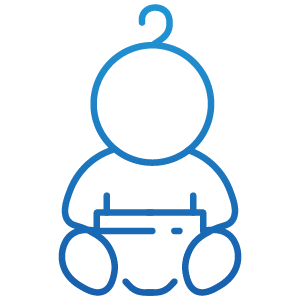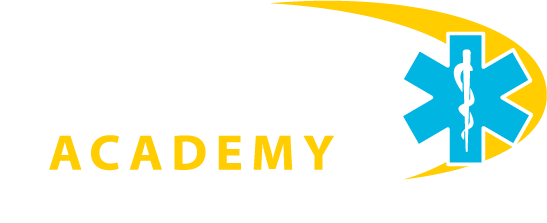Pediatric Care
When a child is injured or ill, many things must be considered when administering care. Through these courses learn about the differences between adult and children patients, reinforce your knowledge on several emergency medical situations, and examine how to interact with the patient’s parents.

| Course Name | Course Description | Length |
|---|---|---|
| Children with Complex Medical Conditions | Children with complex medical needs are increasingly being discharged into the community to be cared for at home rather than in the hospital. EMS providers need to understand some of these complex conditions and need treatment strategies for responding to these patients. | 1h |
| Considerations for Pediatric Cardiac Arrest | Pediatric cardiac arrest calls are difficult for both the first responder and for the families. In this course, we’ll hear from Steve Whitehead and Dr. David Tan about how to improve communication and awareness during these types of calls. We’ll also discuss two scenarios and examine recommendations for withholding or terminating resuscitation. | 1h |
| Pediatric Airway Management for the ALS Provider – NEW! | One of the most fundamental interventions necessary for pediatric patients is proper airway management. Respiratory compromise is the most common cause of cardiac arrest in pediatric patients. Providers who complete this course will have a greater understanding of the differences between pediatric airway anatomy and physiology for an adult patient. This course will not only highlight the differences between anatomy and physiology but will also aid in the provider’s understanding of the differences between ventilation, respiration, and oxygenation. After grasping the knowledge about normal pediatric anatomy, the provider will also gain an understanding of normal pediatric respiratory function. This knowledge will help the provider recognize when something is abnormal and when to intervene. | 2h |
| Pediatric Airway Management for the BLS Provider – NEW! | One of the most fundamental interventions necessary for pediatric patients is proper airway management. Respiratory compromise is the most common cause of cardiac arrest in pediatric patients. Providers who complete this course will have a greater understanding of the differences between pediatric airway anatomy and physiology for an adult patient. This course will not only highlight the differences between anatomy and physiology but will also aid in the provider’s understanding of the differences between ventilation, respiration, and oxygenation. After grasping the knowledge about normal pediatric anatomy, the provider will also gain an understanding of normal pediatric respiratory function. This knowledge will help the provider recognize when something is abnormal and when to intervene. | 1h |
| Pediatric Respiratory Emergencies (ALS) | Calls involving pediatric patients, especially respiratory emergencies, are typically higher pressure. Even though calls involving pediatric patients are less common, as a first responder, you must be prepared to handle the nature of these calls and the conditions of the patient. In this course, we’ll discuss priorities and precautions for responding to a call involving a pediatric patient in respiratory distress. | 1h |
| Pediatric Respiratory Emergencies (BLS) | Calls involving pediatric patients, especially respiratory emergencies, are typically higher pressure. Even though calls involving pediatric patients are less common, as a first responder, you must be prepared to handle the nature of these calls and the conditions of the patient. In this course, we’ll discuss priorities and precautions for responding to a call involving a pediatric patient in respiratory distress. | 1h |
| Pediatric Trauma (BLS) – NEW! | The vast majority of calls received by EMS personnel are for adult patients. While calls involving children are comparatively rare, they require the same level of knowledge and skill. This course is designed to help you care for pediatric trauma patients. In the following lessons, you will examine the characteristics of pediatric anatomy and physiology. You will also identify best practices for assessing and managing a pediatric patient in a pre-hospital setting. | 1h |
| What Would You Do: Baby Turns Blue | Steve Whitehead and Dr. David Tan discuss how to respond to an Apparent Life Threatening Event. | 10m |
